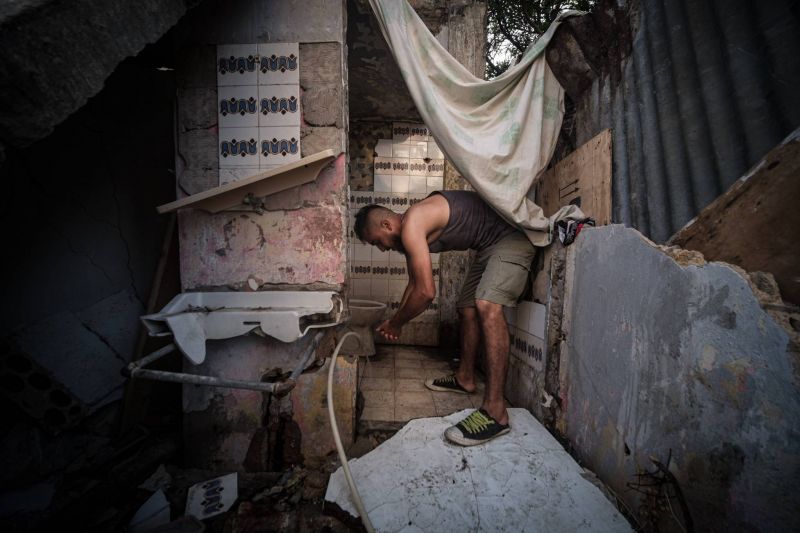
Nearly 90 percent of Syrian refugee households in Lebanon are living in extreme poverty, a UN survey has found. (Credit: João Sousa/L’Orient Today)
BEIRUT — Nearly 90 percent of Syrian refugee households in Lebanon are living in extreme poverty, while the average level of refugee household debt nearly doubled since last year while the percentage of children attending school dropped precipitously during the same period, a United Nations survey has found.
Here’s what we know:
• The survey is based on an assessment of 5,035 Syrian refugee households in various areas of Lebanon that was conducted from June to July 2021 as part of the annual Vulnerability Assessment of Syrian Refugees in Lebanon, carried out by the the UN refugee agency (UNHCR), the World Food Program (WFP) and the United Nations Children’s Fund (UNICEF).
• Ninety-one percent of the refugees surveyed were found to be living in poverty and 88 percent in extreme poverty, approximately the same as in 2020. This is despite the fact that employment among those over the age of 18 increased from 26 percent in 2020 — when COVID-19 lockdowns put many day laborers out of work — to 33 percent in 2021.
• The level of household debt has increased, with the average debt per household now standing at about LL3.4 million compared with LL1.8 million the previous year. Seventy-five percent of respondents had bought food on credit or borrowed money to buy food, and half were classified as food insecure.
• The percentage of children aged 6–14 who were enrolled in school decreased from 67 percent in 2020 to 53 percent this year. The cost of educational materials and transportation were the most-cited reasons for children not being in school, followed by fears of COVID-19.
• Only 16 percent of refugees over the age of 15 in the households surveyed held a legal residency permit, compared with 20 percent in 2020.
• With prices of basic necessities skyrocketing, “mere survival has become out of reach for Syrian refugee families,” Ayaki Ito, UNHCR’s Representative in Lebanon, said in a statement. “The crisis will have a long-term impact on refugees’ well-being and the future of their children, and is threatening past gains such as access to essential services.”